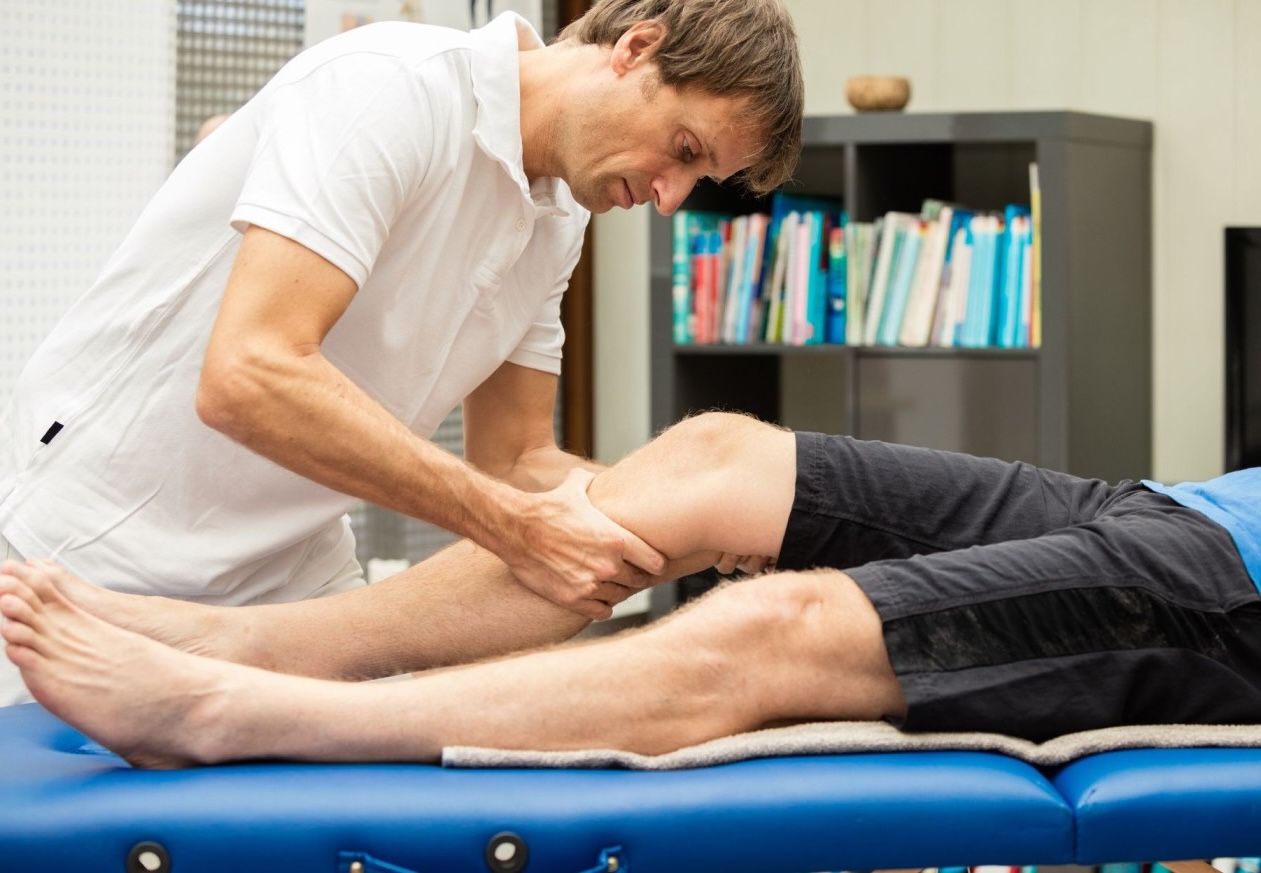
The Lachman Test is a crucial tool in diagnosing ACL injuries. If you've ever wondered how doctors determine if someone has torn their anterior cruciate ligament, this test is often the go-to method. It's quick, effective, and can be performed right in the doctor's office without any fancy equipment. By understanding the Lachman Test, you'll gain insight into how medical professionals assess knee injuries and why this test is so widely trusted. Whether you're an athlete, a coach, or just someone curious about medical procedures, these 50 facts will give you a comprehensive look at the Lachman Test and its significance in sports medicine.
Key Takeaways:
- The Lachman Test is a crucial tool for diagnosing knee injuries, especially in athletes. It helps doctors quickly and accurately assess the integrity of the anterior cruciate ligament (ACL) to plan the best treatment.
- While the Lachman Test is highly effective, it has limitations. It may be less accurate in patients with chronic ACL injuries and difficult to perform on very muscular individuals. It's important to interpret the results carefully.
What is the Lachman Test?
The Lachman Test is a clinical examination used to assess the integrity of the anterior cruciate ligament (ACL) in the knee. It's a crucial tool for diagnosing ACL injuries, especially in athletes. Let's dive into some fascinating facts about this important test.
- Named after orthopedist John Lachman, who first described it in 1976.
- Primarily used to detect ACL tears.
- Considered more accurate than the anterior drawer test.
- Performed with the patient lying down.
- The knee is flexed at 20-30 degrees during the test.
- The examiner stabilizes the femur with one hand.
- The other hand pulls the tibia forward.
- A positive test indicates excessive forward movement of the tibia.
- Often used alongside other tests like the pivot shift test.
- Can be performed on both acute and chronic injuries.
How is the Lachman Test Conducted?
Understanding the procedure helps in appreciating its effectiveness. The test is straightforward but requires skill to interpret correctly.
- The patient lies supine on an examination table.
- The examiner places one hand on the patient's thigh.
- The other hand grips the tibia just below the knee.
- The examiner then pulls the tibia forward.
- A soft endpoint suggests a torn ACL.
- A firm endpoint indicates an intact ACL.
- The test can be uncomfortable but is usually not painful.
- It's often performed in a clinical setting.
- Sometimes used in emergency rooms for quick assessment.
- Can be done on both knees for comparison.
Why is the Lachman Test Important?
The test's importance lies in its ability to quickly and accurately diagnose ACL injuries, which are common in sports.
- Helps in early diagnosis of ACL tears.
- Early diagnosis leads to better treatment outcomes.
- Reduces the risk of further knee damage.
- Essential for planning surgical interventions.
- Helps in deciding whether conservative treatment is sufficient.
- Provides immediate feedback to the patient.
- Can be performed without any special equipment.
- Useful in both sports medicine and general orthopedics.
- Often the first test performed after a knee injury.
- Helps in differentiating between ACL and other knee injuries.
Limitations of the Lachman Test
While highly effective, the Lachman Test has its limitations. Understanding these helps in interpreting the results accurately.
- Can be difficult to perform on very muscular individuals.
- Less accurate in patients with chronic ACL injuries.
- May be challenging in patients with a high pain threshold.
- Not as effective in diagnosing partial ACL tears.
- Requires a skilled examiner for accurate results.
- Can be influenced by the patient's muscle guarding.
- Less reliable in obese patients.
- May need to be repeated for confirmation.
- Sometimes supplemented with imaging studies like MRI.
- Not a standalone diagnostic tool.
Interesting Facts About the Lachman Test
Beyond its clinical use, the Lachman Test has some intriguing aspects worth noting.
- Often taught in medical schools and orthopedic training programs.
- Named after Dr. John Lachman, who was a pioneer in orthopedic surgery.
- Considered a gold standard for ACL assessment.
- Widely used in sports medicine clinics.
- Frequently mentioned in orthopedic literature.
- Has undergone various modifications over the years.
- Sometimes performed under anesthesia for better accuracy.
- Can be part of a comprehensive knee examination.
- Often used in research studies on knee injuries.
- Continues to be a vital tool in modern orthopedics.
Final Thoughts on Lachman Test Facts
Understanding the Lachman Test is crucial for anyone interested in knee injuries and ACL tears. This test, often used by orthopedic specialists, helps diagnose anterior cruciate ligament injuries quickly. Knowing these 50 facts can help you appreciate the test's importance and how it aids in early detection and treatment. From its history to its application, the Lachman Test remains a cornerstone in sports medicine and orthopedics. Whether you're a medical student, a sports enthusiast, or someone recovering from a knee injury, these facts offer valuable insights. Keep this knowledge handy; it might come in useful someday. Thanks for sticking around and diving into the world of the Lachman Test with us!
Frequently Asked Questions
Was this page helpful?
Our commitment to delivering trustworthy and engaging content is at the heart of what we do. Each fact on our site is contributed by real users like you, bringing a wealth of diverse insights and information. To ensure the highest standards of accuracy and reliability, our dedicated editors meticulously review each submission. This process guarantees that the facts we share are not only fascinating but also credible. Trust in our commitment to quality and authenticity as you explore and learn with us.
